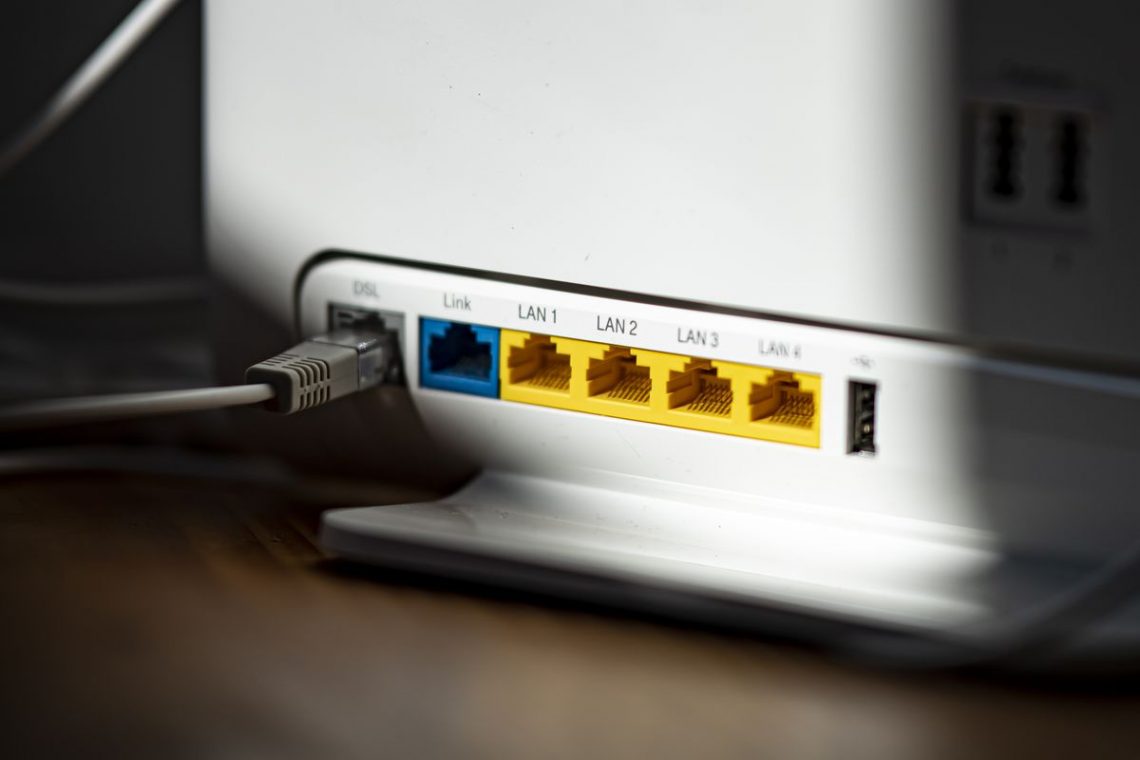
Rural America Has Better Options Than Dial-Up Internet
It may surprise you to learn that companies such as AOL, EarthLink, and NetZero are not defunct, but still going strong in certain areas of the country. While the rest of the United States may have moved on to high-performance Internet providers such as fiber optic Internet companies, rural residents have continued to rely on dial-up companies as rural Internet service providers because they feel they have no other options.
It is not a secret that most of rural America lacks adequate infrastructure for the broadband Internet access that urban and suburban communities enjoy. For this reason, standard cable Internet providers and other common Internet companies usually do not do business in rural areas. From a business perspective, it is riskier to dedicate time and resources to areas with low population density and lacking infrastructure. While the government is working on pricey new initiatives to fix the rural Internet problem, most rural residents need Internet access as soon as possible, and dial-up looks like the easiest solution for this issue.
However, there are other avenues that rural households should consider before committing to dial-up Internet. Dial-up is rightly considered outdated because when it comes to performance, it is vastly inferior to nearly every option available on the market. For example, unlimited 4G rural Internet providers such as UbiFi provide service available to many rural areas with high speed and low latency. UbiFi and its cohorts use the plentiful 4G cell towers in rural areas to provide Internet signals, eliminating the need for broadband infrastructure. In addition to mobile Internet providers like UbiFi, there are also other high-speed Internet options such as unlimited satellite Internet, which is available even in highly remote areas.




